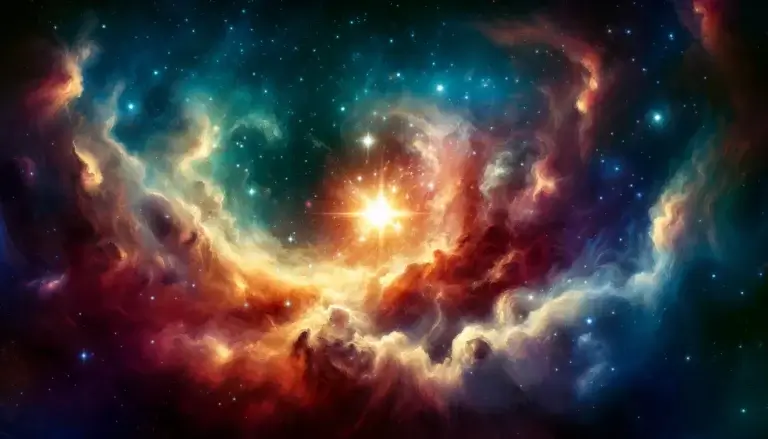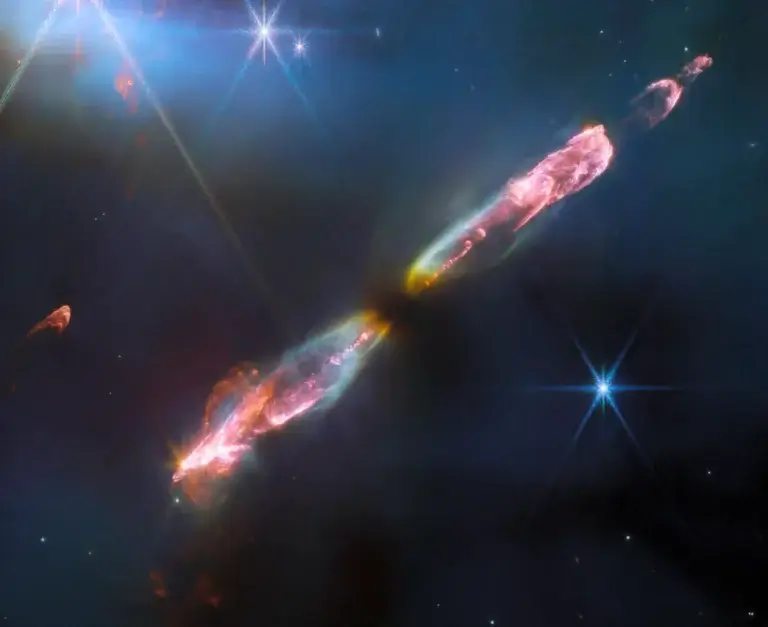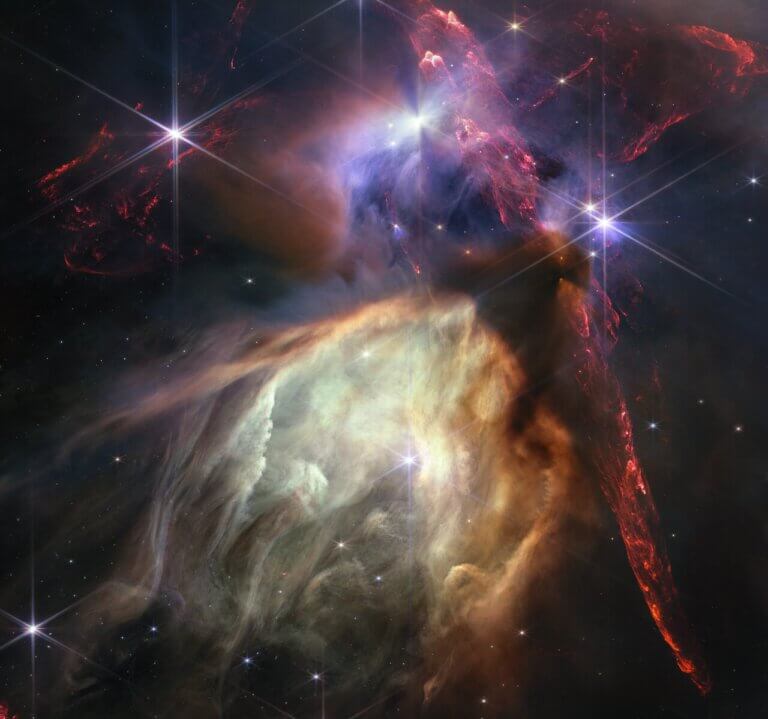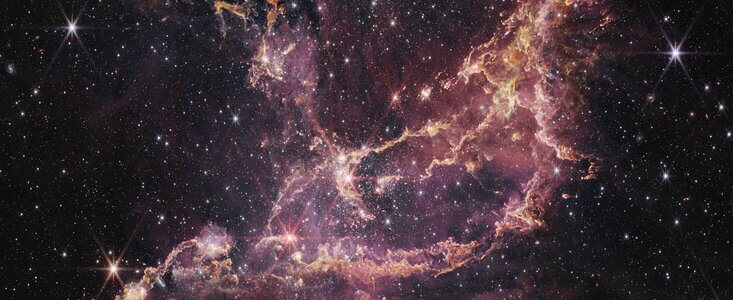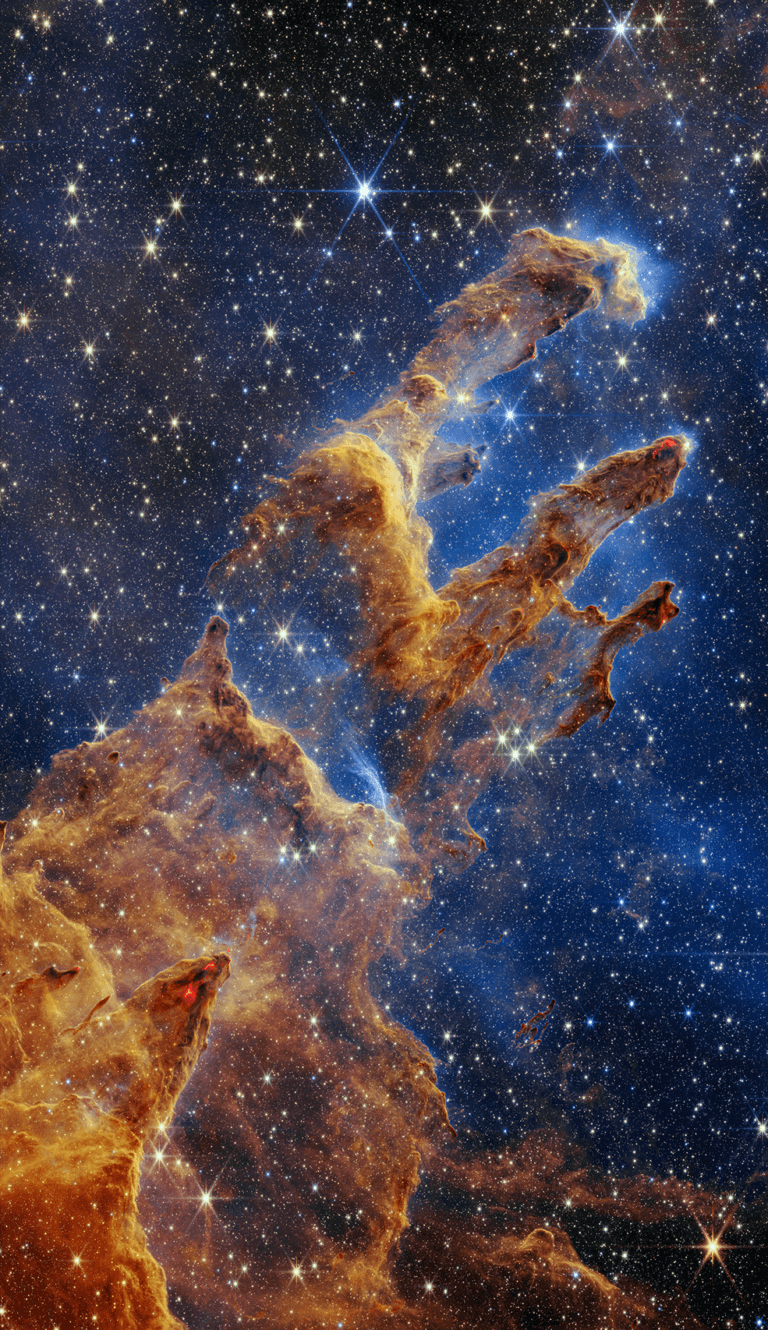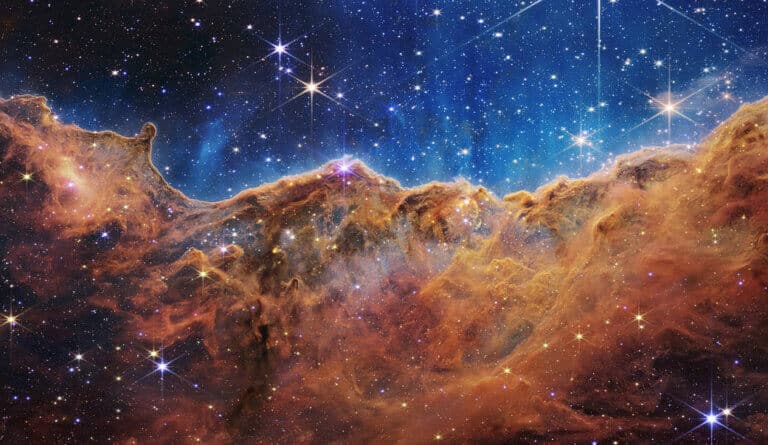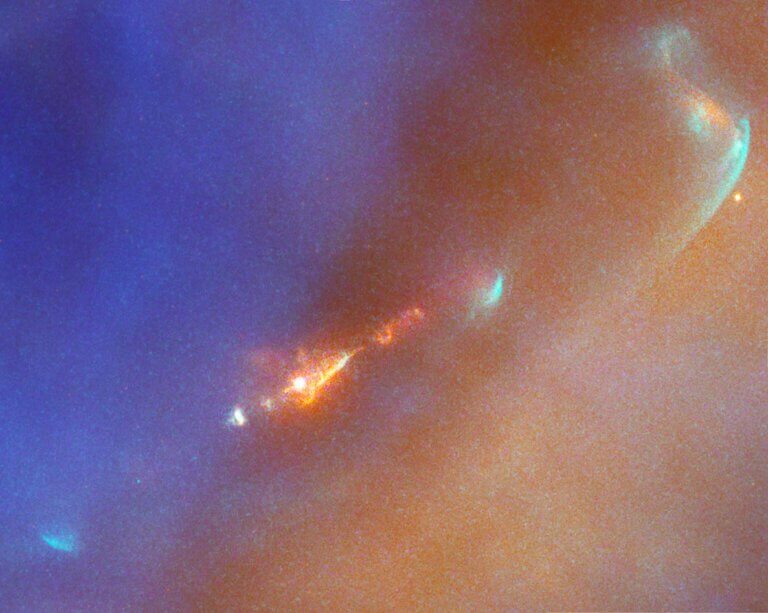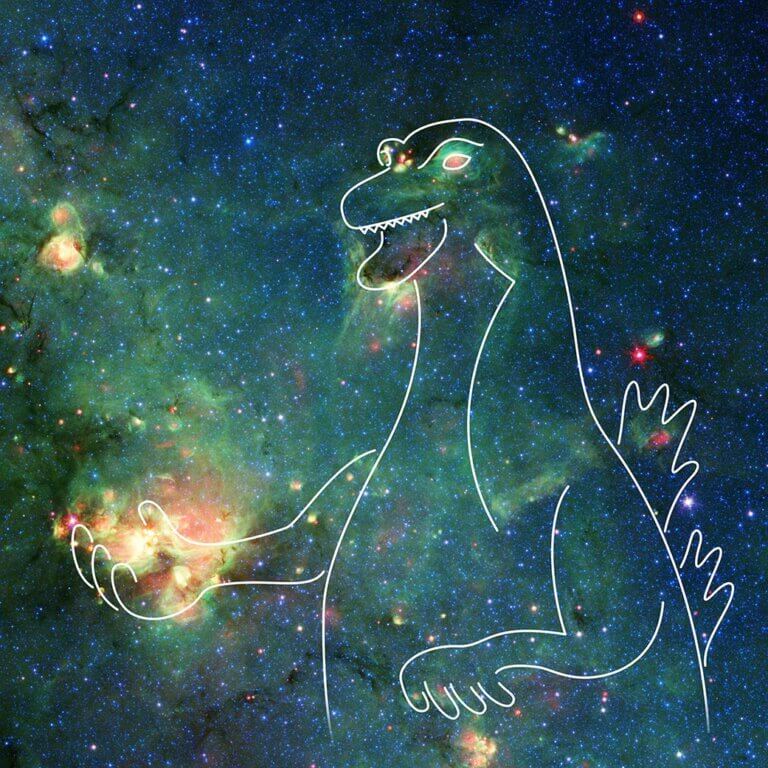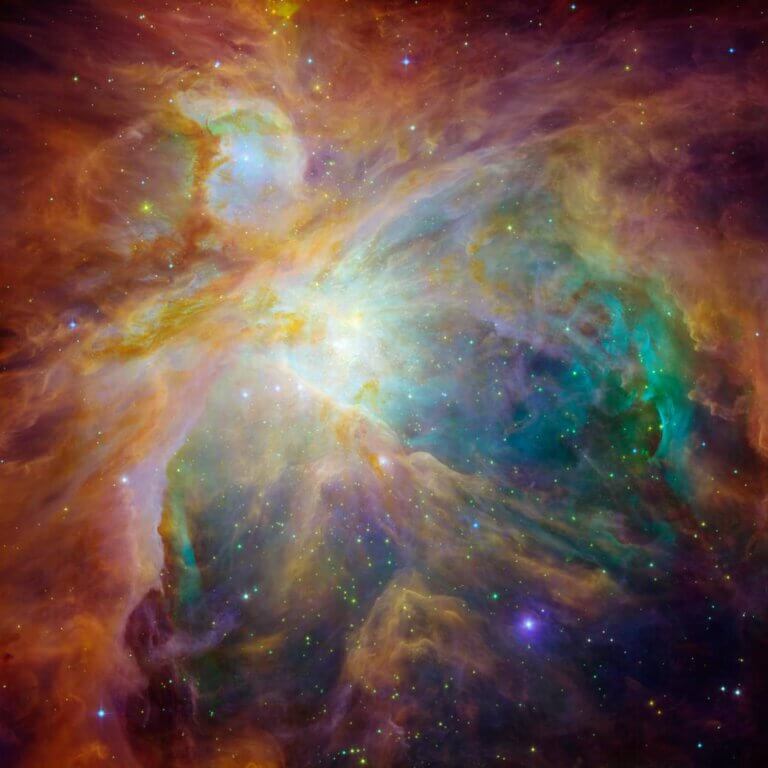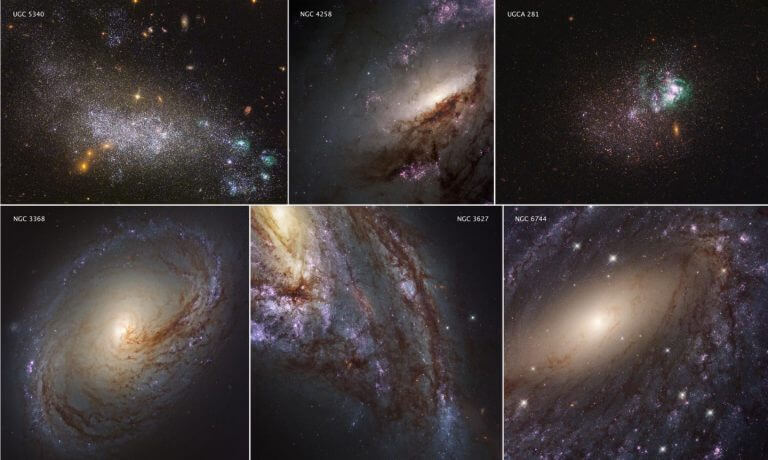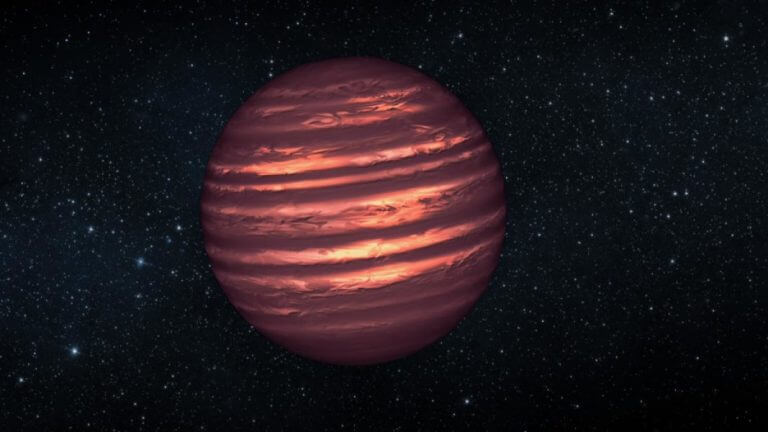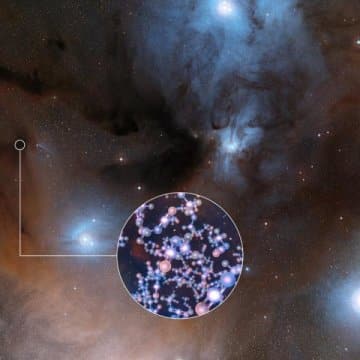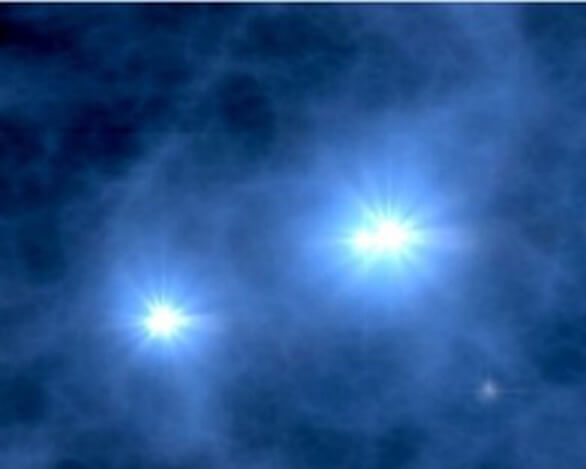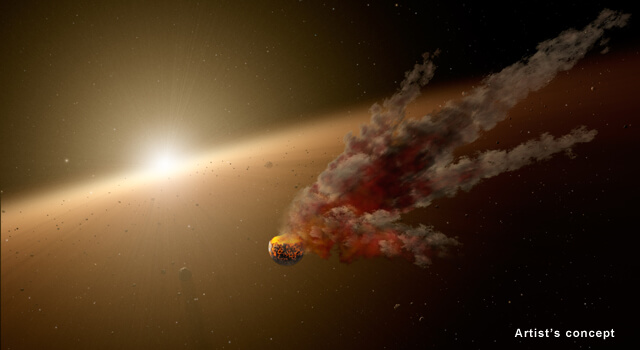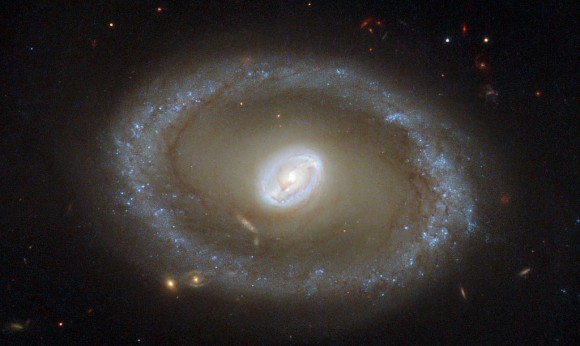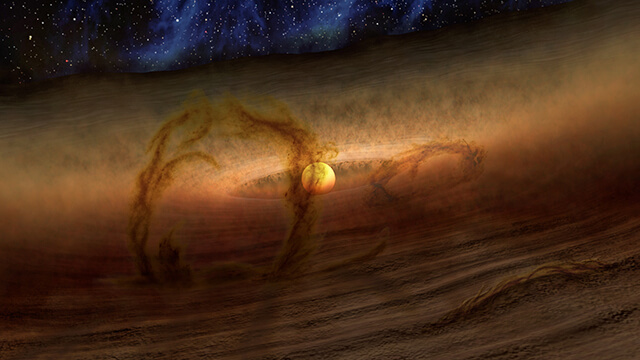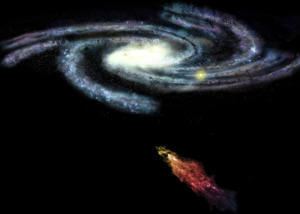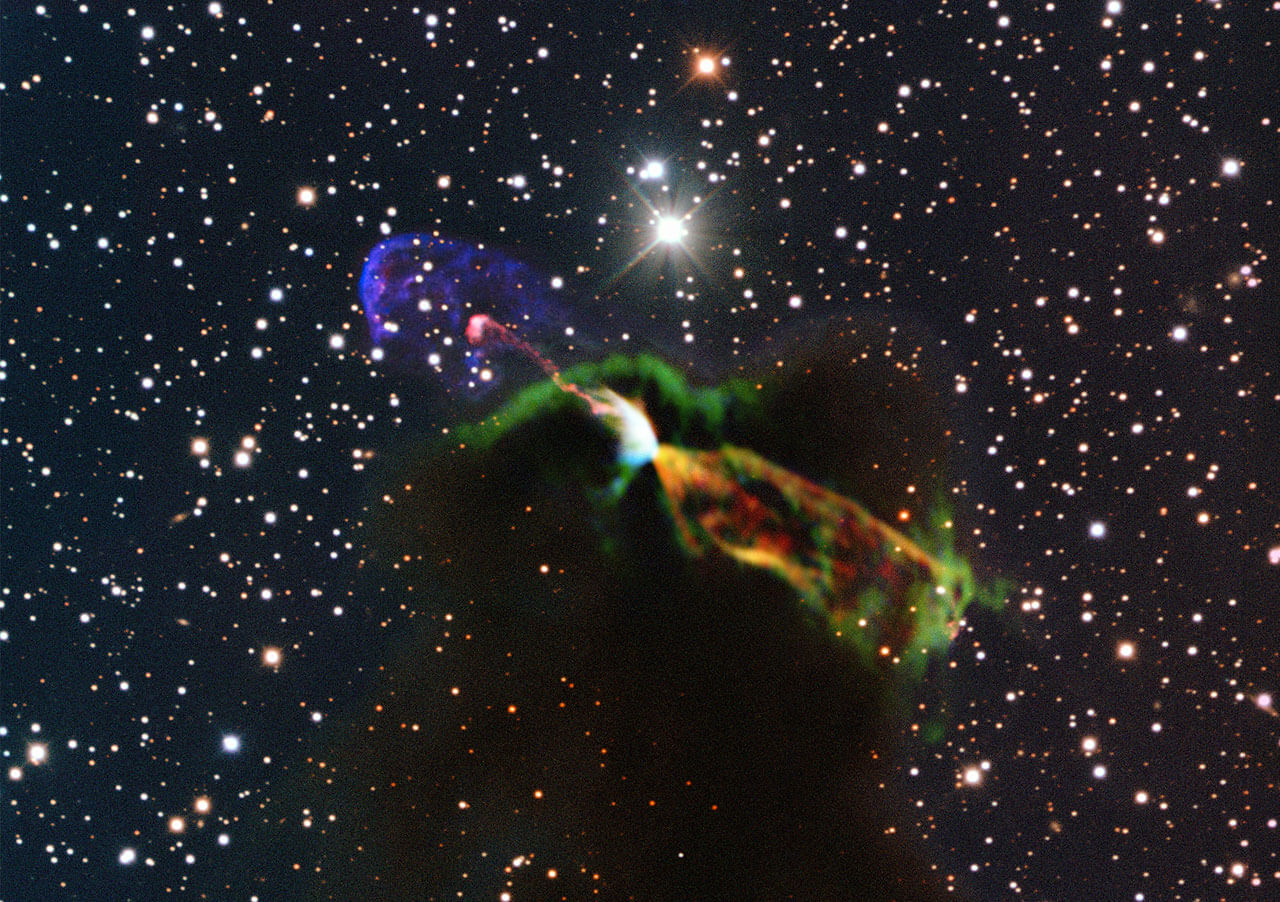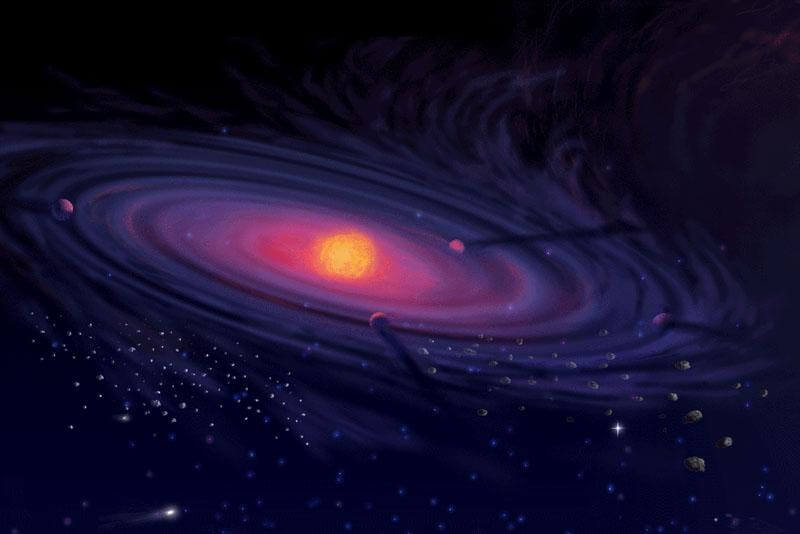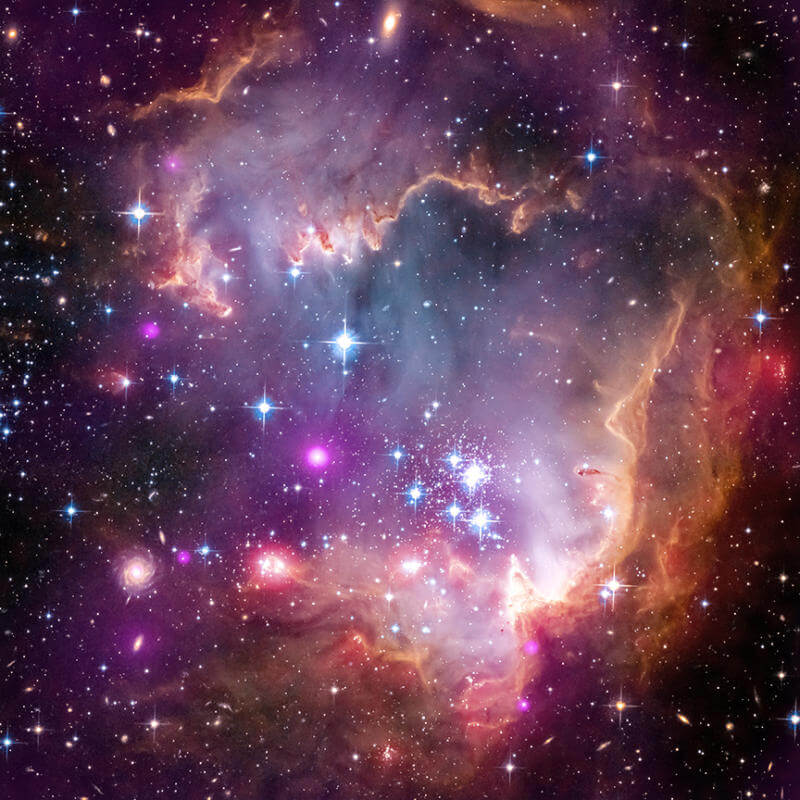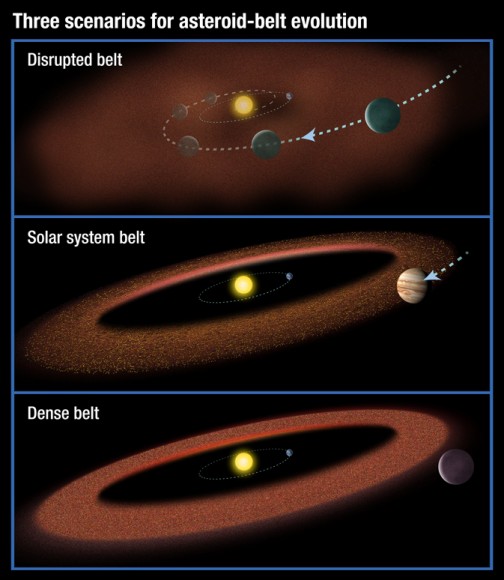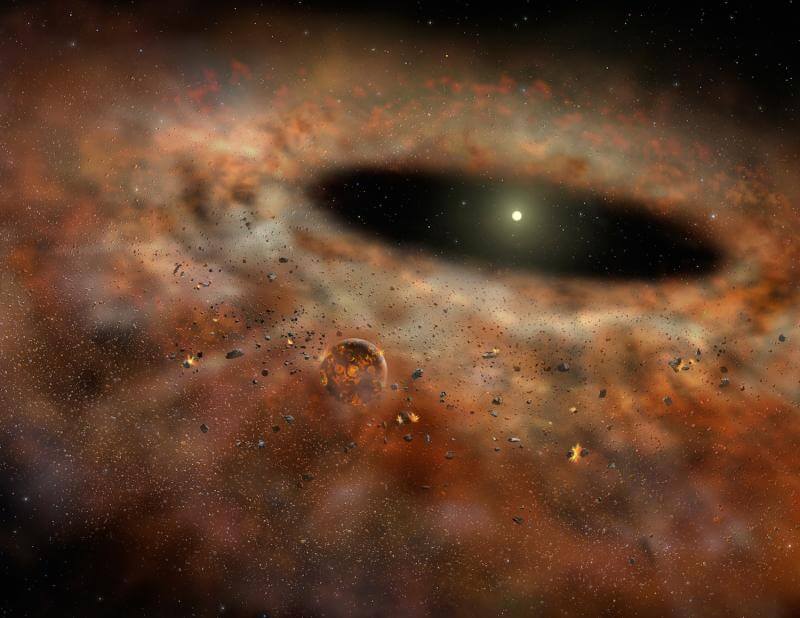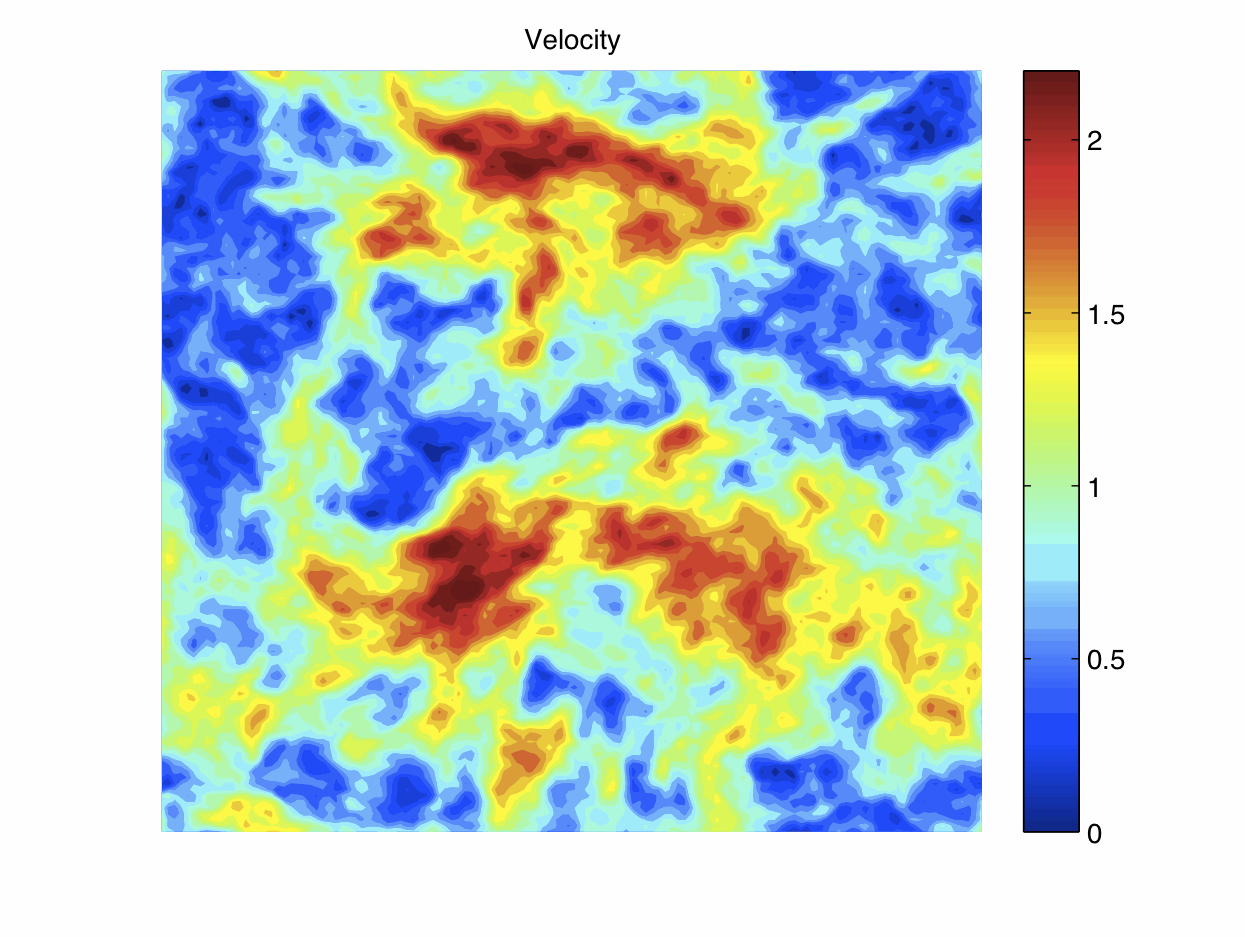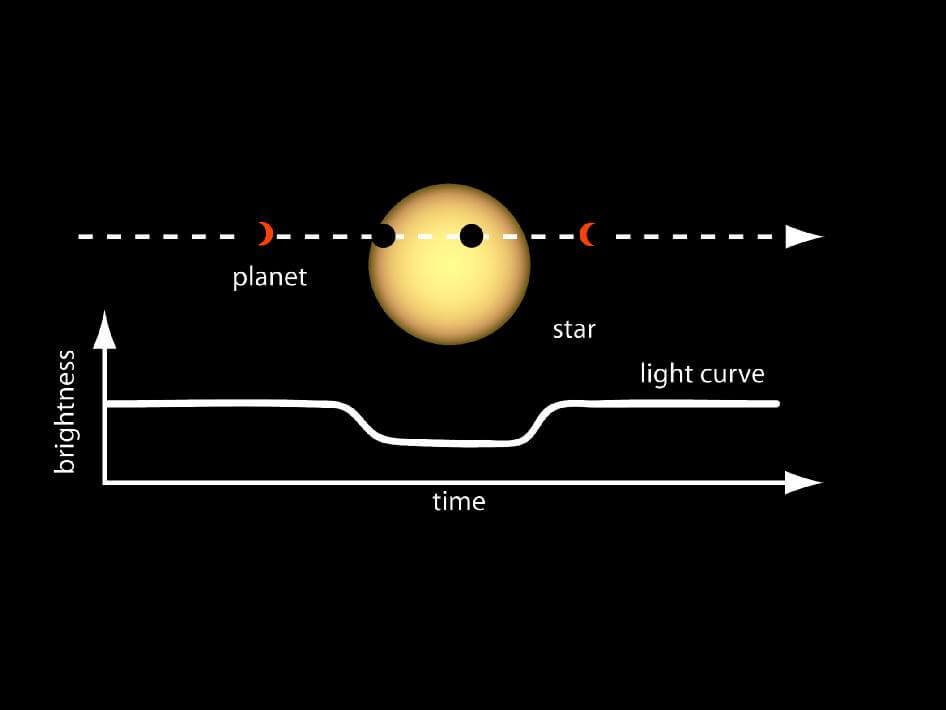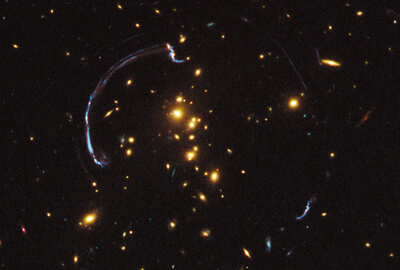Hayadan > Space and astronomy > Astrophysics > A Star Is Born
A Star Is Born
- The Voice of Science website - the Israel National Science Foundation
- April 2, 2024
In interstellar molecular clouds, large molecules can form despite the non-ideal conditions prevailing there
- Avi Blizovsky
- September 20, 2023
- 3 תגובות
Herbig-harrows are luminous regions surrounding young stars. They form when stellar winds or jets of gas ejected from these stars create shock waves that collide at high speeds with nearby gas and dust.
- Avi Blizovsky
- July 14, 2023
- No comments
From our own cosmic backyard in the Solar System to distant galaxies toward the dawn of time, the NASA/European Space Agency/CSA James Webb Space Telescope has lived up to its promise to reveal the universe like never before in its first year of scientific activity. To celebrate the end of a year A successful first, a new Web image has been released of a small star-forming region in the Rho Ophiuchi cloud complex
- Avi Blizovsky
- January 17, 2023
- No comments
Previous infrared studies of the NGC 346 nebula have focused on stellar embryos heavier than five to eight times the mass of our Sun. With the help of the Web, it is possible to reach even lighter protostars, as small as a tenth of our sun
- Avi Blizovsky
- October 21, 2022
- No comments
NASA's James Webb Space Telescope captured a rich and highly detailed view of the "Pillars of Creation." A region where new stars form within dense clouds of gas and dust that was previously captured in an iconic image by the Hubble Space Telescope at the start of its operation and returned to after upgrades, along with Strong landmasses
- Avi Blizovsky
- July 12, 2022
- No comments
"Cosmic Cliffs" images show Webb's cameras' ability to peer through cosmic dust, shedding new light on how stars form * Webb's technology could help watch the elusive process of star formation
- Avi Blizovsky
- December 13, 2021
- No comments
Generally, the flow of such a jet coming out of a young star will only be seen when it collides with material around it, and creates bright shock waves that disappear when they cool, so they are difficult to observe
- Avi Blizovsky
- November 13, 2021
- 3 תגובות
Just like clouds on Earth, clouds of gas and dust in space can sometimes look like familiar objects, or even like characters from popular movies
- Avi Blizovsky
- January 10, 2021
- One response
Gaseous swirls of hydrogen, sulfur and hydrocarbons cradle a collection of baby stars in this composite image of the Orio Nebula as seen by the Hubble Space Telescope and the Spitzer Space Telescope
- Avi Blizovsky
- May 22, 2018
- One response
- Avi Blizovsky
- July 12, 2017
- 4 תגובות
- Avi Blizovsky
- June 12, 2017
- No comments
- Avi Blizovsky
- May 31, 2015
- 18 תגובות
- Avi Blizovsky
- September 1, 2014
- No comments
- Universe Today
- June 15, 2014
- One response
- Avi Blizovsky
- March 30, 2014
- 2 תגובות
- Avi Blizovsky
- November 5, 2013
- 2 תגובות
- Avi Blizovsky
- August 22, 2013
- No comments
- Avi Blizovsky
- August 18, 2013
- No comments
- Avi Blizovsky
- April 11, 2013
- One response
- Universe Today
- November 4, 2012
- 3 תגובות
- Yael Petar
- July 8, 2012
- 23 תגובות
- Avi Blizovsky
- June 21, 2012
- 6 תגובות
- Avi Blizovsky
- June 14, 2012
- 8 תגובות
- Avi Blizovsky
- February 5, 2012
- 4 תגובות

